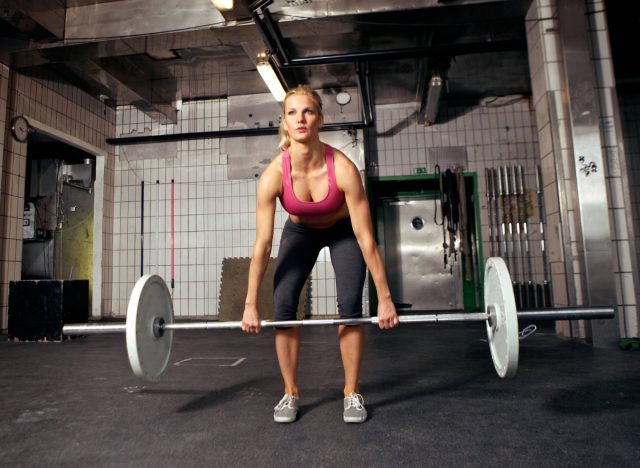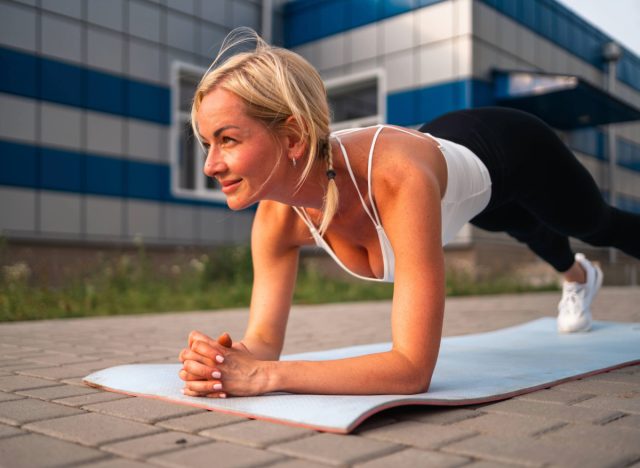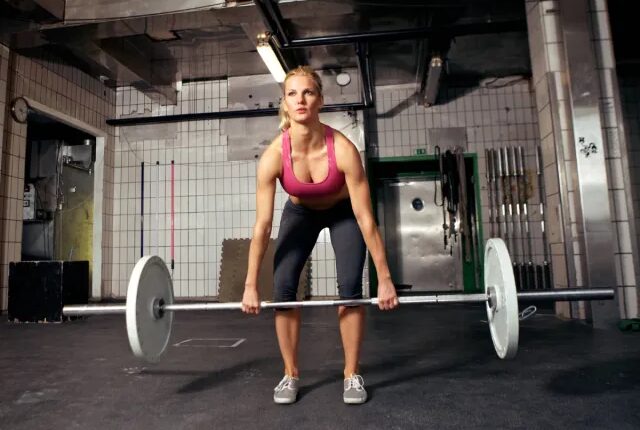Evaluating your fitness level involves looking at different facets of your physical well-being, such as muscle strength, body composition, flexibility, and cardiovascular endurance. This examination helps you identify your strong points and areas that require enhancement, set achievable objectives, and establish a fundamental benchmark to monitor your advancement. To assist you in heading in the right direction, we have consulted with professionals who suggest effective methods to evaluate your fitness level—and why it is important.
Prior to commencing your assessment, have a notebook ready and be prepared to jot down details. Experts recommend that maintaining a consistent, comprehensive journal or using a fitness monitoring device is an excellent approach to oversee your fitness progress over time.
Keeping such records allows you to document, monitor, and assess every aspect of your fitness journey in a centralized location. According to Michael Betts, director at TRAINFITNESS, “[These tools enable you to] track, study, and evaluate all facets of your fitness adventure in one spot. By documenting your workout routines—including exercises, sets, repetitions, weights lifted, distances covered, and timings—you can monitor the intensity and duration of each session. Consistently recording body measurements like weight, body dimensions (waist, hips, arms), and body fat percentage can provide you with insights into your physical transformations.”
How Often Should Someone Put Their Fitness Level to the Test?


According to Alyssa Wilmarth, general manager at Rumble Boxing in Center City, PA, and a USA Boxing Licenses Fighter and Coach, you should strive to complete some form of fitness at least three times a week. Depending on your weekly consistency, you can up the ante once a month or every two months.
“Small example, if you commonly put a specific weight on the barbell or commonly perform a certain amount of reps when completing sets, try adding two additional reps or adding five additional pounds to each side of the barbell,” Wilmarth suggests. “If we maintain the same workout routine with no changes, we will eventually stop seeing results as our body becomes ‘comfortable’ with the challenge.”
Now, let’s explore the best ways to assess your fitness level.
1. VO2 Max Test
First, consider a VO2 max test. Essentially, this test measures your body’s oxygen intake while exercising to determine the greatest amount of oxygen your body can use during intense workouts.
“[The VO2 max test] involves running on a treadmill or cycling on a stationary bike while wearing a mask that tracks oxygen intake and carbon dioxide output,” Betts tells us. “The intensity increases gradually until exhaustion. It’s the best way to measure cardiovascular fitness, but not accessible for everyone. You can do a variation of this with a personal trainer called the submaximal VO2 max test.”
2. 1.5-Mile Run or Cooper Test


Put your aerobic and cardiovascular fitness to the test with a 1.5-mile run or the Cooper Test.
“For the 1.5-mile run, you simply run as fast as you can for the given distance,” Betts explains. “The Cooper test involves running as far as possible in 12 minutes, with the distance covered used to calculate your aerobic fitness level. This is also a great measure for cardiovascular fitness.”
3. Vertical Jump Test
The vertical jump test measures the power in your lower body.
“You stand next to a wall or a vertical jump board, reach as high as possible to mark the baseline, then jump straight up as high as you can, touching the wall to measure the difference between the baseline and your jump height,” Betts notes.
4. Plank Hold


Love them or hate them, planks are an excellent way to assess your core strength and endurance.
“You hold a straight plank position, supporting your weight on your forearms and toes, for as long as possible without your hips sagging or raising,” says Betts.
5. Sit-and-Reach Test
The sit-and-reach test may make you feel gym-day nostalgia; however, it’s still a great way to measure your flexibility well into adulthood.
“This [test] assesses flexibility, particularly in the hamstrings and lower back,” Betts tells us. “You sit with legs straight and feet against a box or ruler, then reach forward as far as you can, holding the stretch for a couple of seconds while your reach is measured.”
6. Resting Heart Rate and Heart Rate Variability


Paul Kriegler, a registered dietician and certified personal trainer at Life Time, says resting heart rate (RHR) and heart rate variability (HRV) are some of the best methods for testing how prepared your body is for more stress.
“Lower RHR and higher HRV (which indicates better recovery or readiness) are significantly correlated with longevity,” explains Kriegler.
7. Nutrient Levels


Low levels of vitamin D, aka the “sunshine vitamin,” can affect immunity and mood. In addition to vitamin D, Kriegler recommends assessing other crucial nutrient indicators, like iron and essential fatty acid levels.
“Aim to test your vitamin D levels at least annually and supplement accordingly,” Kriegler suggests. “Anyone with complaints of low energy, little activity tolerance, or trouble losing weight would also want to assess their iron levels at least every six months. Those who experience slipping mental performance or concerns over extended soreness ought to [consider] testing their essential fatty-acid levels (such as OmegaQuant Omega-3 index testing) to determine [their] omega-3 intake needs.”
8. Happiness


Kriegler dubs happiness, or your emotional well-being, “an easy-to-measure-but-hard-to-maximize metric.”
“Even people who aren’t setting the curve on the earlier tests I mentioned or who have sub-optimal patterns in certain physical areas can still outlive their peers if they meet everyday life with a positive mindset,” he tells us. “If we’re truly happy, we have better psychological resilience and mental fortitude to overcome these other challenges.”
It’s always a wise first step to speak with a licensed medical professional, such as a psychologist or therapist, to pinpoint any factors that may be affecting your happiness. In addition to that, Kriegler suggests carving out some time for self-reflection.
“Just as we can track our health measures and physical achievements, we can gauge our personal growth and well-being over time,” he explains. “Likewise, we can gather support for this dimension in our journey as we do for our physical health.”
Frequently Asked Questions
How often should I assess my fitness level?
It is recommended to assess your fitness level every 4-6 weeks to track your progress effectively. This timeframe allows for enough time to see changes in your fitness regime.
What are some common methods to assess fitness levels?
Some common methods to assess fitness levels include the push-up test, the plank test, the 1-mile run/walk test, the sit-and-reach test, and body composition analysis with tools like BMI or body fat percentage measurements.
How do I interpret the results of a fitness assessment?
Interpreting fitness assessment results depends on the specific test conducted. Generally, a higher number of completed repetitions or a faster duration indicates a higher fitness level. However, it is essential to consult with a fitness professional for a comprehensive analysis.
Can I improve my fitness level if the assessment results are not ideal?
Absolutely! Regardless of your initial fitness level, consistent exercise and healthy lifestyle choices can significantly improve your overall fitness level. It’s essential to set realistic goals and work towards them gradually with proper guidance.
Is it necessary to consult a fitness professional for a fitness assessment?
While it is beneficial to consult a fitness professional for a detailed fitness assessment, you can perform basic fitness tests at home to get an initial idea of your fitness level. However, for precise analysis and tailored fitness plans, working with a professional is recommended.






